The Vibrant Colors of India: A Journey through Indian Culture
Indian culture is unique and diverse, with a rich history that dates back thousands of years. Here are a few ways in which Indian culture is different from others:
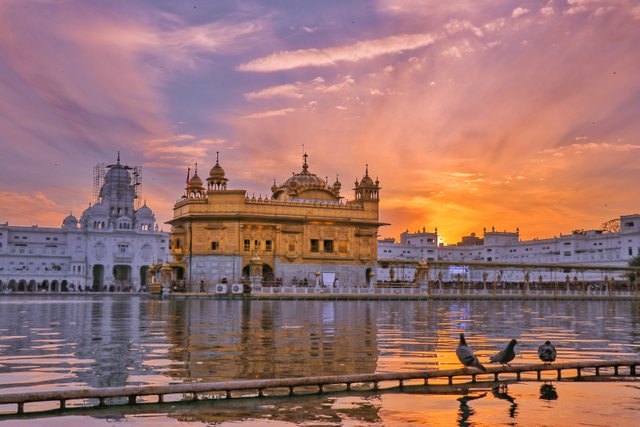
Religion: India is home to many religions, including Hinduism, Buddhism, Jainism, Sikhism, and Islam. Religion plays a significant role in Indian culture, with many customs and traditions centered around religious beliefs.
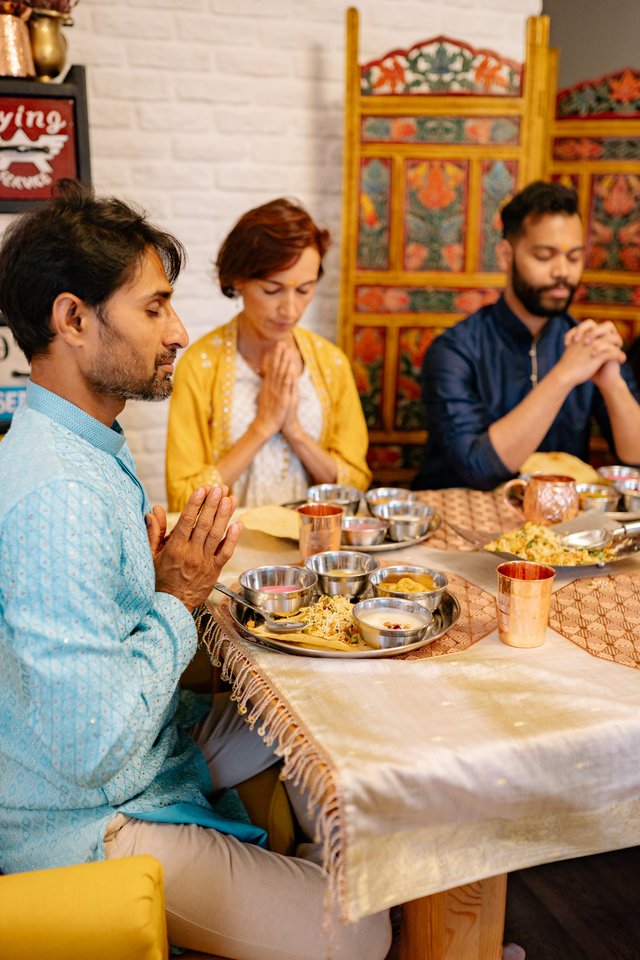
Family values: Family is highly valued in Indian culture, with many families living in multi-generational households. Respect for elders is also an important part of Indian culture.
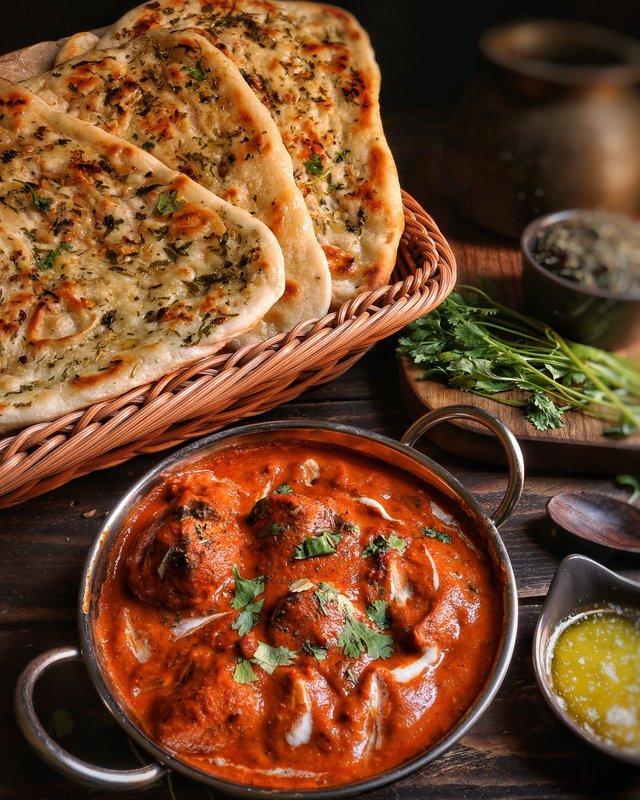
Food: Indian cuisine is known for its diverse range of spices and flavors. Vegetarianism is also prevalent in Indian culture, with many people following a vegetarian diet.
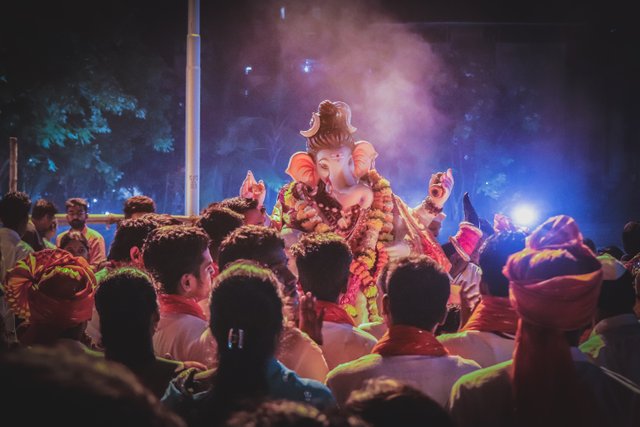
Festivals: India is home to many festivals, with each state and region having its own unique celebrations. Some of the popular festivals include Diwali, Holi, Eid, and Christmas.
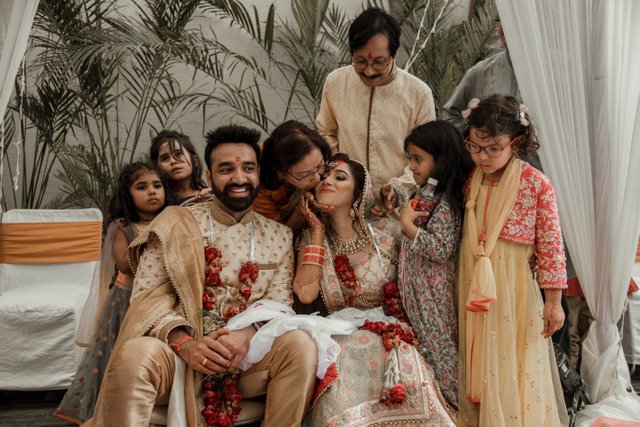
Clothing: Traditional Indian clothing, such as sarees, salwar kameez, and dhoti, are colorful and often adorned with intricate embroidery and designs. Clothing also varies depending on the region, with different styles and fabrics used.
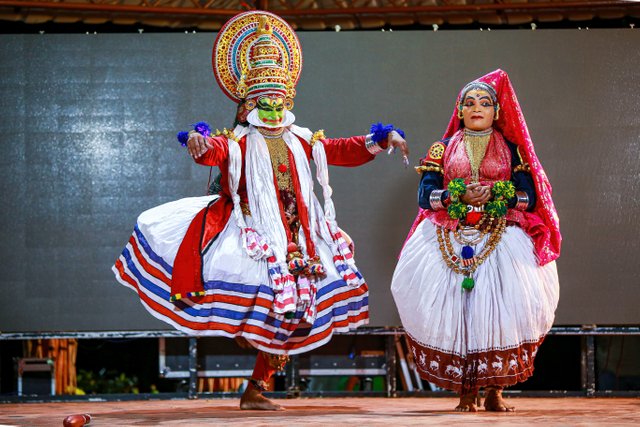
Arts and music: India has a rich tradition of arts and music, with classical Indian dance forms like Bharatanatyam and Kathak, and classical music forms like Hindustani and Carnatic music.
Language: India is home to many languages, with Hindi being the most widely spoken. Each state and region also has its own language and dialect.
In conclusion, Indian culture is diverse and unique, with many customs and traditions that have been passed down through generations. From food and clothing to religion and festivals, Indian culture is a rich tapestry that reflects the country's long and fascinating history.
@Photo Courtesy: https://www.pexels.com/